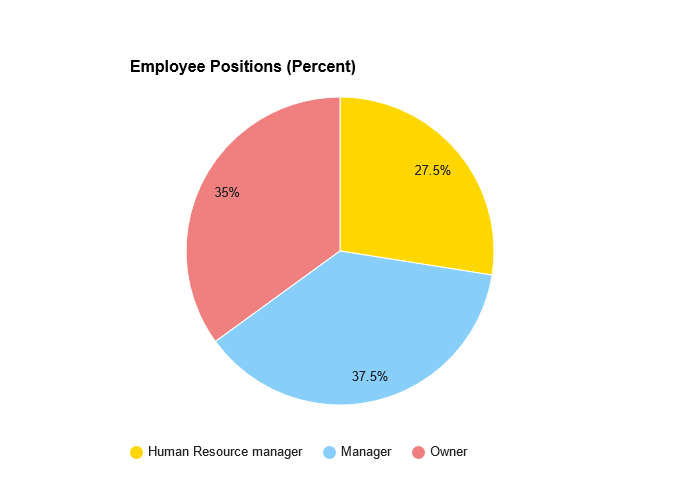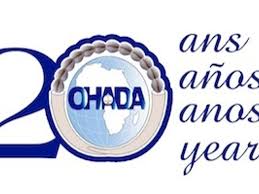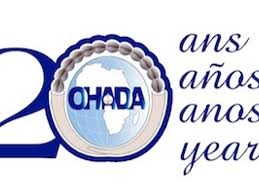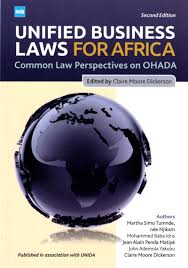
Unlocking Sequestration and Asset Enforcement: How OHADA Law Protects Your Business Interests
Kelvin (Businessman): Eric, I’ve been hearing a lot about sequestration when it comes to shareholdings and other transferable securities. How does this process actually work, especially under OHADA law?
Barrister Eric (OHADA Lawyer): Good question, Kelvin. Under OHADA’s Uniform Act, sequestration is a protective legal measure aimed at freezing the assets of a debtor, especially in cases involving shares and other transferable securities. Think of it as a temporary hold placed on assets to prevent their transfer or sale until the court can make a ruling.
Kelvin: Interesting. So, what’s the first step in the sequestration process?
Eric: The process starts with an instrument being served on specific parties, as outlined in Article 85 of the Uniform Act. This instrument must mention the court's decision ordering the sequestration. Failure to include these provisions can lead to the nullity of the sequestration.
Kelvin: What happens after that? How is the debtor informed?
Eric: Once sequestration is ordered, the debtor must be notified within eight days, as stated in Article 86. The notification contains key details, such as the court order, a copy of the attachment report, and a bold notice informing the debtor of their right to challenge the sequestration if the conditions are invalid. This ensures the debtor is aware of their legal options.
Kelvin: I see. And what happens if the debtor doesn’t contest the sequestration?
Eric: If the debtor doesn’t contest, the sequestration remains in place. The creditor can then move to convert it into a writ of attachment and sale under Article 88. This means the creditor can proceed with the sale of the attached securities to recover their claim.
Kelvin: What’s required for the conversion process?
Eric: The creditor needs a writ of execution to prove their claim. Then, they must serve the debtor with a writ of attachment and sale, which includes specific details like the sum owed, the attachment report, and a bold notice giving the debtor one month to sell the attached securities privately. If they fail to do so, the creditor can proceed with a public sale.
Kelvin: What if the attached property belongs to a third party?
Eric: Good question. Under Article 105, the law also allows for sequestration of assets held by third parties. The bailiff must notify the third party, who is then required to disclose any property they hold for the debtor. If they refuse or make a false declaration, they could be held liable for the debt.
Kelvin: That’s quite thorough. What happens to cash or tangible assets under sequestration?
Eric: When it comes to cash, Article 104 allows for the attachment of sums up to the claim’s amount. The cash is held by the bailiff or deposited in a court registry until the dispute is resolved. If no contest is made within 15 days, the creditor can recover the amount directly.
Kelvin: This seems like a lot of steps! Is there a time limit for the debtor to respond?
Eric: Yes, time is critical. For example, the debtor has eight days after receiving a summons to pay before the creditor can initiate the attachment. And once sequestration is imposed, the debtor has one month to sell attached securities privately before a public sale can be arranged.
Kelvin: This all sounds pretty complex. What happens if the property is damaged or lost during sequestration?
Eric: Under Article 97, attached property is considered inalienable during the sequestration period. If it needs to be moved, the creditor must be notified. If it's a motor vehicle, for instance, the court can order it immobilized to prevent damage before it’s sold.
Kelvin: Thanks, Eric. This clears up a lot about how OHADA law handles sequestration. I can see how important it is to act quickly and carefully in such cases.
Eric: Absolutely, Kelvin. These legal processes are designed to balance the interests of both creditors and debtors while ensuring that assets remain secure during disputes.
Disclaimer: This article is for educational purposes and does not constitute legal advice. Consult an OHADA expert for professional guidance on your specific case.









